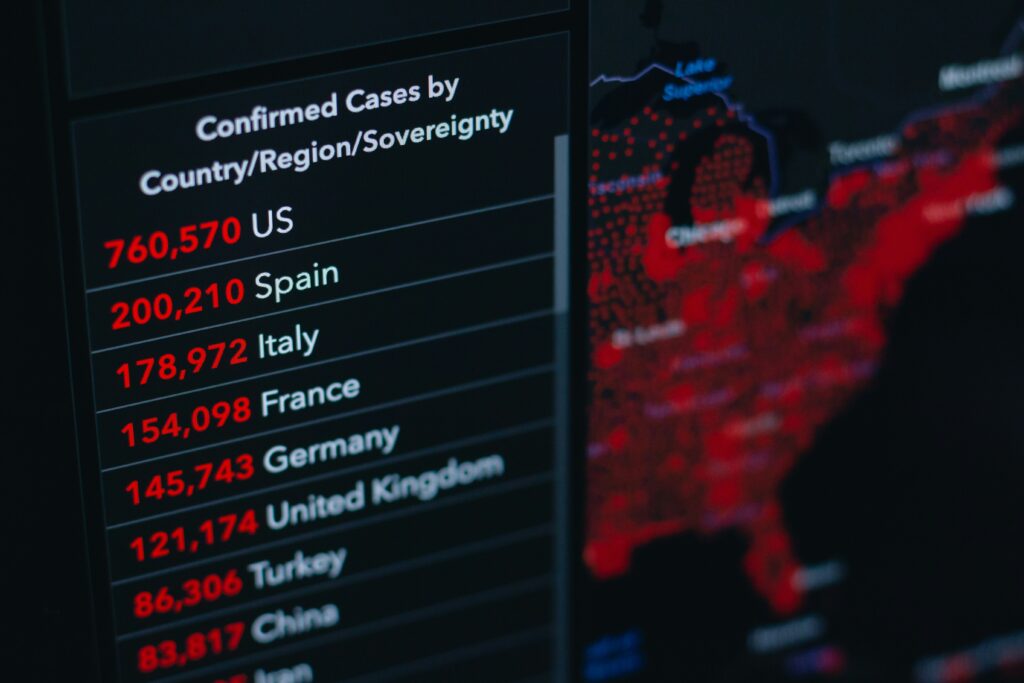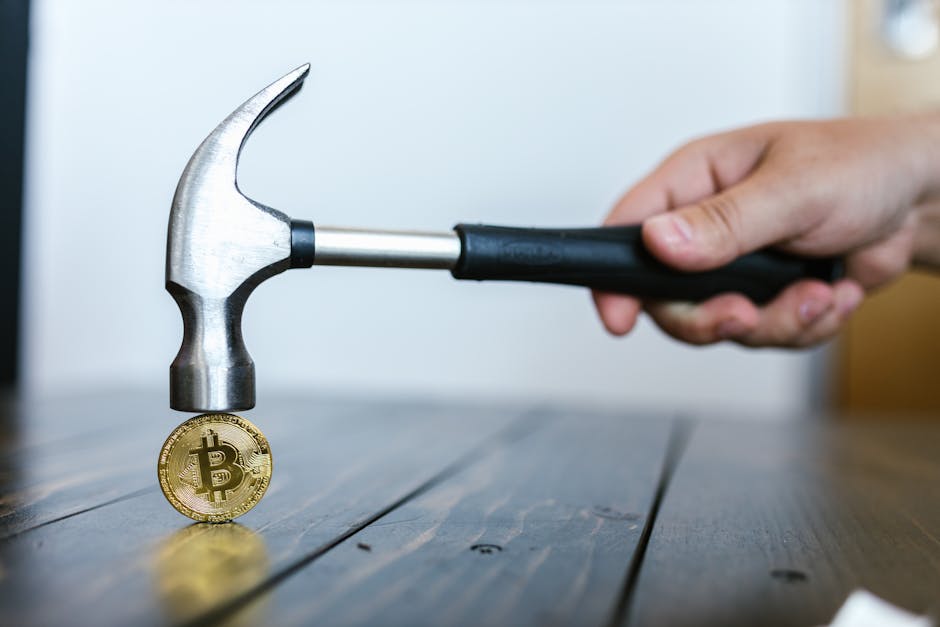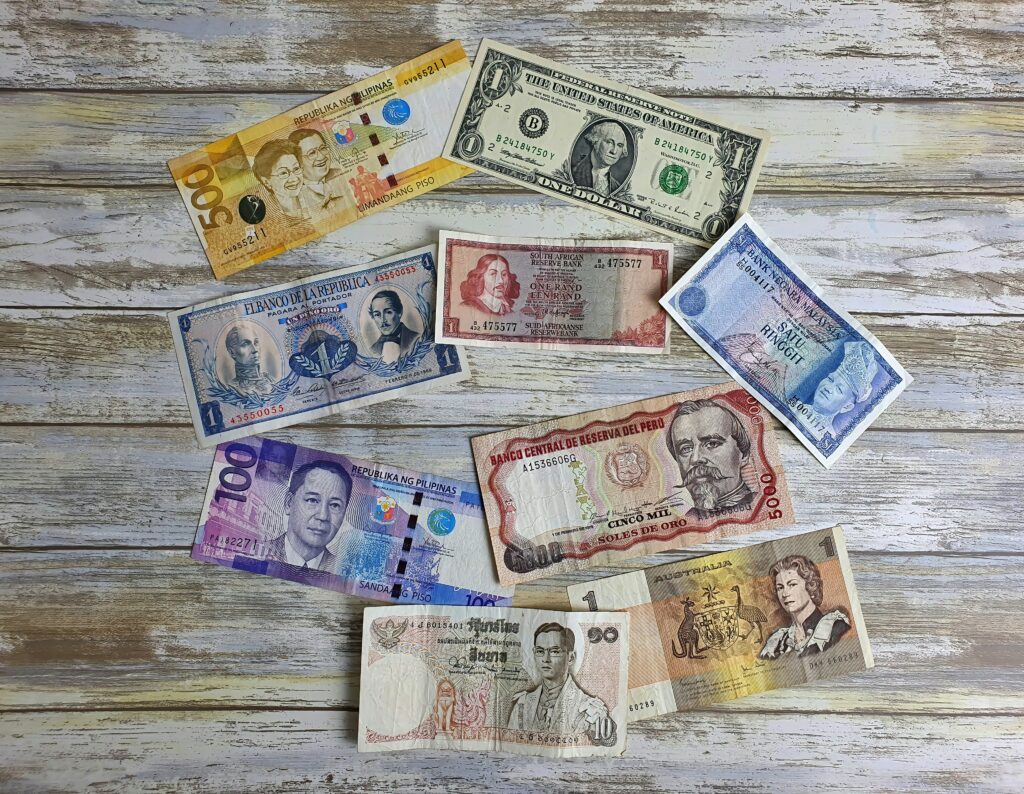The Big Picture: Why Geopolitics and Crypto Are Interlinked
Cryptocurrency markets no longer operate in isolation. As the global financial system becomes increasingly interconnected, the role of digital assets like Bitcoin and Ethereum grows more significant in reacting to—and at times predicting—shifts in geopolitical climates and macroeconomic trends.
Crypto’s Expanding Global Role
At a high level, cryptocurrencies now function as:
- Alternative stores of value in uncertain economic environments
- Digital escape valves for capital when traditional systems are restricted
- Speculative assets that respond quickly to news and sentiment shifts
As institutional investors enter the space and governments begin exploring Central Bank Digital Currencies (CBDCs), crypto is transitioning from fringe to financial frontier.
Investor Sentiment: Driven by Headlines and Fear
Global events—from central bank policy changes to international conflicts—can drastically alter investor sentiment. These dynamics influence trading behavior in crypto markets almost immediately.
Key dynamics include:
- Heightened uncertainty leading to increased volatility
- Safe-haven behavior, where investors move funds into or out of crypto depending on perceived risk
- Speculative moves based on news cycles or regulatory rumors
For example, announcements of inflation spikes can send Bitcoin soaring as investors look for inflation-resistant stores of value. Conversely, regulatory crackdowns may trigger panic selling.
Who Reacts First? Bitcoin, Ethereum, or Altcoins?
Price movements within the crypto market aren’t uniform. Some assets serve as bellwethers, while others lag behind or amplify macro signals.
- Bitcoin (BTC): Typically reacts first to global events. Known as the most “mainstream” crypto, it’s often both the first to drop and the first to recover.
- Ethereum (ETH): Closely follows Bitcoin but may pull ahead during tech-heavy or DeFi-related developments.
- Altcoins: Tend to be more volatile and react later—often magnifying trends seen in BTC and ETH, but with sharper swings.
Understanding these behavioral tiers can help traders position more strategically in times of global uncertainty.
Geopolitical Conflicts
When borders heat up, markets flinch—crypto is no exception. Regional wars, trade sanctions, and diplomatic standoffs can send digital assets either surging or tanking, depending on the context. In unstable environments, the need for fast, permissionless capital movement grows. That’s where crypto often steps in.
We’ve already seen the pattern: during the Russia-Ukraine conflict, donations in Bitcoin and Ethereum flooded in when other financial channels jammed. Sanctioned nations like Iran have also leaned into mining and crypto trading to sidestep restrictions. While the headlines focus on tanks and treaties, behind the scenes, coin wallets are quietly part of the story.
But don’t confuse volatility for irrelevance. These shocks remind investors that crypto operates outside traditional rulebooks. When trust in fiat weakens, especially in active warzones or under authoritarian regimes, crypto becomes a tool—sometimes a lifeline. Vets of the market keep an eye on global flashpoints not just for the news, but for the potential market ripple effects. In a geopolitical chess game, Bitcoin isn’t a king, but it’s definitely on the board.
Market Reactions: Short-Term Panic vs. Long-Term Shifts
In crypto, not all investors think—or react—the same. Whales, retail traders, and institutions operate on different rhythms, with different triggers.
Whales (the wallets holding deep bags) often move first when volatility hits. They’re watching order books, not headlines. When prices start to dip, they’re either scooping up discounted assets or unloading fast to protect gains. Retail investors, by contrast, usually move in waves after the fact—reacting to news, Reddit threads, or pure fear. It’s emotional, not strategic. Institutions are the slowest but most calculated. They analyze fundamentals, macro trends, and exposure risk. When they shift, it often signals a more structural market change.
During a volatility spike, it’s easy to get whiplash. Watching the chart tells a different story than watching the news. A political headline might send Twitter into panic mode, but the chart—volume, price action, momentum—might stay calm. Or vice versa. Understanding this disconnect is key. Charts reflect what people are actually doing. News reflects what people think is happening—or fear might happen.
Then there’s the eternal tug-of-war: “buy the dip” versus “get out before it crashes.” Retail often buys high on hype and sells low on fear. Whales do the opposite. Institutions? They typically wait. They let emotions settle, then enter strategically. Psychology matters. Knee-jerk reactions rarely end well.
In short: when the market swings, watch what the big wallets are doing, not just what people are saying. That’s where the signal lives.
Strategy Tips: Navigating Global Uncertainty
Crypto might live on the blockchain, but its behavior is shaped off-chain. World events move markets, and if you’re not watching the calendar, you’re playing blind. Smart traders track global event calendars religiously—central bank meetings, inflation reports, political summits. Volatility doesn’t just happen; it often sends a RSVP first.
Hedging is no longer optional. If you’ve got exposure in altcoins, balancing that with assets that behave differently—like stablecoins or even tokenized gold—can buffer the shocks. Some are also leaning into decentralized finance (DeFi) tools to simulate portfolio insurance or access real-time hedging instruments.
As for timing? No one nails it consistently. The idea isn’t to be perfect—it’s to avoid being caught asleep. Instead of trying to time the top or bottom, focus on entry and exit zones informed by macro triggers. It’s about probability, not clairvoyance. In uncertain conditions, small gains beat big risks. FOMO is expensive; discipline pays.
Final Takeaways
Markets crave certainty. The world doesn’t offer it.
There will always be another election, another conflict, another surprise interest rate decision. These aren’t side stories—they’re fuel and friction for the crypto engine. Prices don’t float in a vacuum. They pulse with the world’s heartbeat, for better or worse.
So your job? Don’t chase every headline. Read the broader picture. Watch how the market actually reacts—then figure out why. Crypto isn’t immune to geopolitical shock or macroeconomic reality. It’s fused to them.
This isn’t about fear. It’s about focus. Keep your research tight, your risk controls tighter, and your emotions in check. Panic trading is for tourists. Preparation is for people who want to stay.
Smart traders don’t predict the future. They position for it. Stay tuned in, but stay grounded. The noise won’t stop—but neither should your strategy.

 Founder & Editor-in-Chief
Founder & Editor-in-Chief
